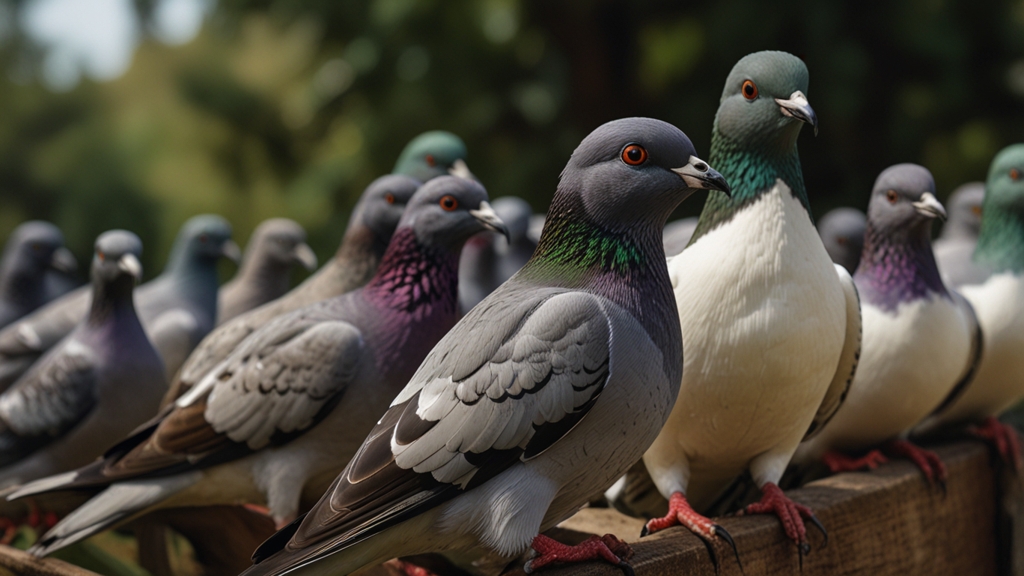Cry for Help: What You Can Do for Endangered Species
Endangered species around the globe are sending out a silent cry for help, as their numbers dwindle and their habitats vanish. The alarming surge in endangered species is not just a wake-up call for conservationists but for every inhabitant of this planet. The question that begs to be answered is: What can we do to save these irreplaceable creatures for future generations? The solutions are multifaceted and require collective action from individuals, communities, and governments.
Understanding the Crisis
Currently, about one million animal and plant species are threatened with extinction, many within decades, a number tenfold higher than the average rate over the past ten million years. Multiple factors are at play: habitat destruction, climate change, pollution, overexploitation, and invasive species. Awareness is the first step toward making a difference; understanding the crisis leads to conscious efforts to mitigate it.
“In the end, we will conserve only what we love; we will love only what we understand, and we will understand only what we are taught.” – Baba Dioum, Senegalese conservationist
Actions You Can Take
1. Support Conservation Organizations
There are numerous organizations dedicated to saving endangered species and their habitats. Donating to or volunteering for groups like the World Wildlife Fund (WWF), International Union for Conservation of Nature (IUCN), or local conservation trusts can provide the resources needed for action on the ground. These organizations often work directly with endangered species, conducting research, advocacy, and education efforts.
2. Adopt Sustainable Practices
Your daily choices can have a significant impact on endangered species. Opt for sustainable products, reduce waste, and support eco-friendly businesses. For example, choosing sustainably-sourced seafood can lessen the depletion of marine life. Similarly, reducing plastic usage and properly disposing of waste can prevent harmful materials from entering ecosystems.
“The greatest threat to our planet is the belief that someone else will save it.” – Robert Swan, Author and Antarctic Explorer
3. Educate and Raise Awareness
Education is a powerful tool in the fight against extinction. By learning about endangered species and sharing that knowledge with others, you can amplify the collective effort required to save them. Participate in or organize community events, workshops, or social media campaigns that inform and engage public interest in conservation causes.
4. Advocate for Policy Changes
Lobbying for stronger environmental protections and policies can create lasting change. Contact your local, state, or national representatives to advocate for legislation that protects endangered species and their habitats. Support and vote for candidates committed to environmental conservation.
5. Practice Responsible Tourism
Travelers can have a significant impact on wildlife and natural habitats. When visiting nature reserves, parks, or exotic locations, adhere to guidelines that protect wildlife and ecosystems. Opt for eco-tourism operators that prioritize sustainability and conservation in their practices.
Conclusion
Saving endangered species is not the sole responsibility of scientists and environmental groups; it is a shared duty that calls for global citizens to act consciously and responsibly. The choices you make and the actions you take can contribute significantly to the preservation of the planet’s biodiversity. By supporting conservation organizations, adopting sustainable practices, educating others, advocating for policy changes, and practicing responsible tourism, we can all play a part in answering the cry for help sent out by endangered species.
The time to act is now, and every effort counts. Together, we can ensure that the wondrous diversity of life on Earth can thrive for generations to come.










